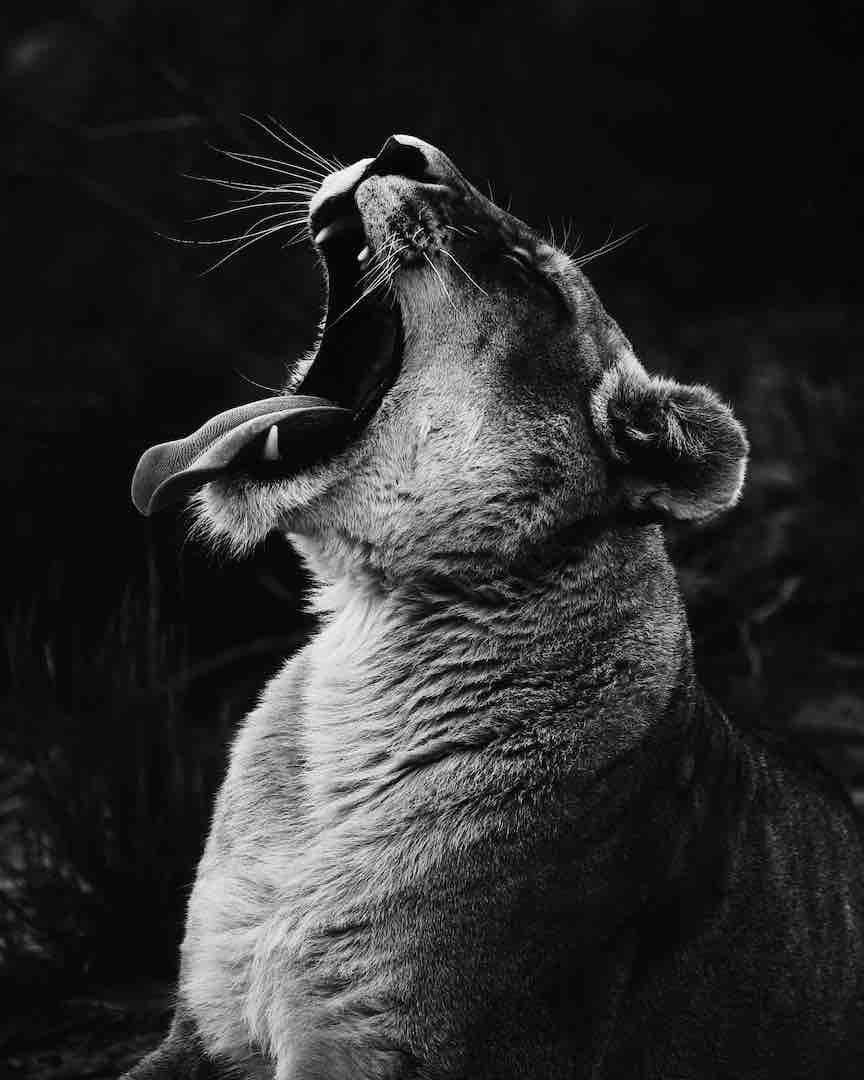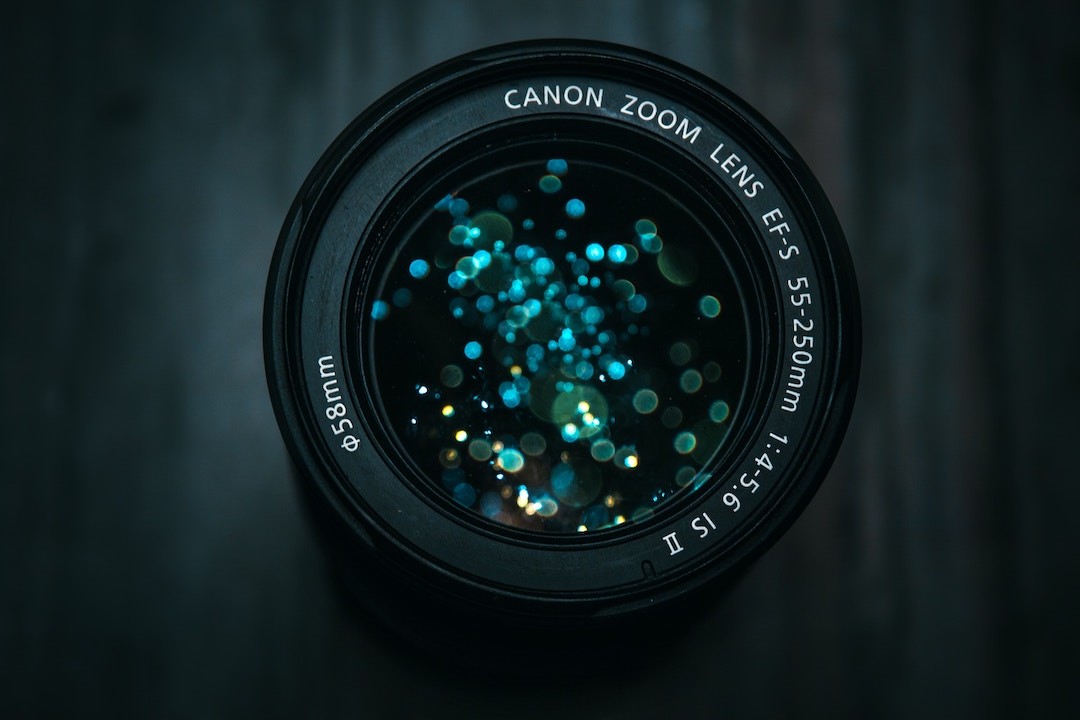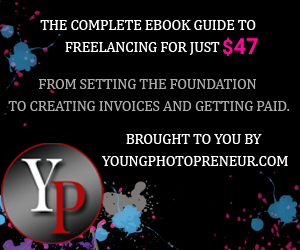Photography Tips
What Is AF On A Camera: Things You Need To Know
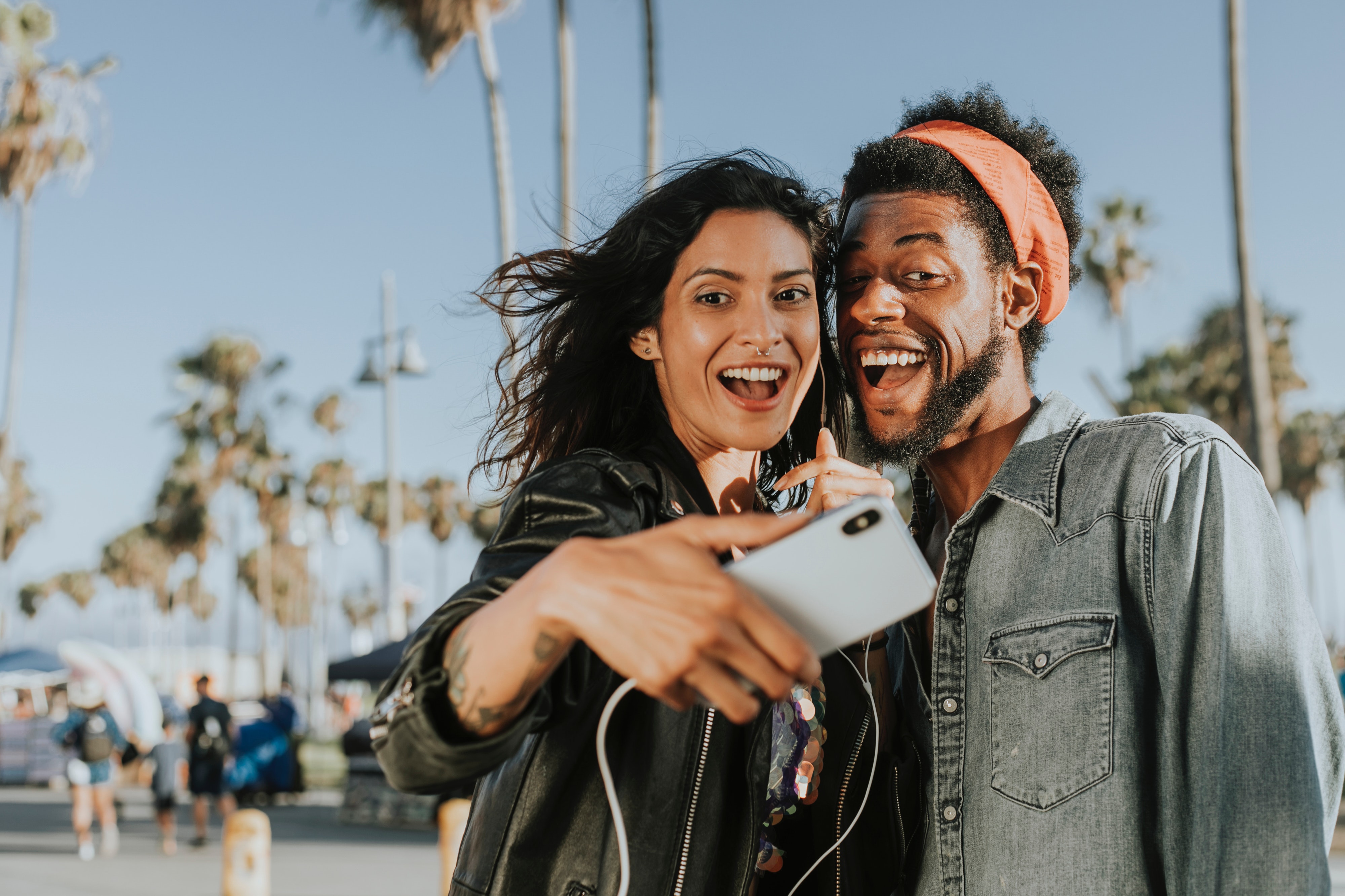
If you’re new to photography, you might have heard established photographers using the abbreviation AF.
With time you will also become aware of such words and abbreviations, but for now, you must know that AF is short for AutoFocus.
Usually, you will find AF written on cameras or lenses next to a switch. This indicates that with the switch you can either switch on or switch off autofocus or AF.
What exactly is AF on a Camera?
For most photographers, autofocus is a useful feature wherein the camera automatically focusses on the main subject of the photograph. This ensures that the subject is captured in a sharp and clear picture.
How does Autofocus work?
The working of autofocus is pretty simple. When you point the camera towards the subject you wish to capture, the camera detects the subject.
Then, the sensors of the camera send this information to the lens. Once the lens receives the information, its electric motor adjusts the lens’ focal distance to capture the subject in the photograph.
Earlier, there used to be more cameras with Active AF.
Active AF makes use of a red beam to determine the distance between the camera and the subject. Active AF is best used for stationary subjects.
Any subject that is in motion cannot be captured using Active AF.
Also, the maximum distance between the camera and the subject may only be about 15 to 20 feet, depending on the lens being used.
The most popular cameras using Active AF are Nikon and Canon.
Then there is Passive AF
Passive AF relies on the camera’s sensory abilities. Cameras with such mechanics work on contrast detection. This simply means that the camera looks for sharpness in the subject.
If the subject you are trying to capture lacks contrast, you will often see your camera focusing in and out to detect the same.
Is Autofocus apt all the time?
This is quite a subjective topic. Not all photographers swear by autofocus.
After all, it is an automatic feature only. And like many automatic features, this one also is not completely reliable. Autofocus can sometimes focus on another object rather than what you want to focus on.
Then, in lieu of focusing on a subject that lacks contrast, you might end up with a blurry picture.
This happens because autofocus keeps on trying to capture sharpness, and in failing to do it, it keeps on focusing in and out.
The end result is a blurred photograph. However, all cameras come with an option to switch off the AF system.
Manual AF – The Best Option (IMO)
As ironic as it may sound, cameras also come with a manual focus option.
Here, you can select from the autofocus points detected by the camera. If you have a DSLR with a touch-screen, you will know what we are talking about.
All you need to do is pick the point where you want to focus.
As technology advances, photography also gets its share of benefits. In some of the latest cameras, you can also take advantage of multiple autofocus.
This means that instead of selecting one, you can select multiple points of focus. This reduces the chances of getting your focus wrong drastically!
Having multiple or a group of focal points also has other benefits.
This comes handy, particularly in active or non-stationary subjects. Whether it is sports, animals, or even humans.
They are hardly still, and if you have multiple AF option in your camera, there is no way you can get a shot wrong.
Which one to choose?
If you are someone who prefers to shoot still things, such as landscape or portraits, then having a basic AF camera is good enough for you.
If only you have an eye and interest in moving subjects, then you must go for an advanced AF system camera.
Photography is an art in itself.
So, one needs to have the right equipment before jumping into the field although it’s now ALL about the equipment. Having the right knowledge is equally important.
Once you have the perfect blend of the two, curate your best photographs for your portfolio. Autofocus is just one of the aspects of photography, this field is huge.
It takes a lot of time and effort to get to create epic pictures. All you have to do is continually shoot. keep shooting. It’s all about the process!
Photography Tips
5 Steps to Finding the Best Place to Buy a GoPro (That ANYONE Can Follow)
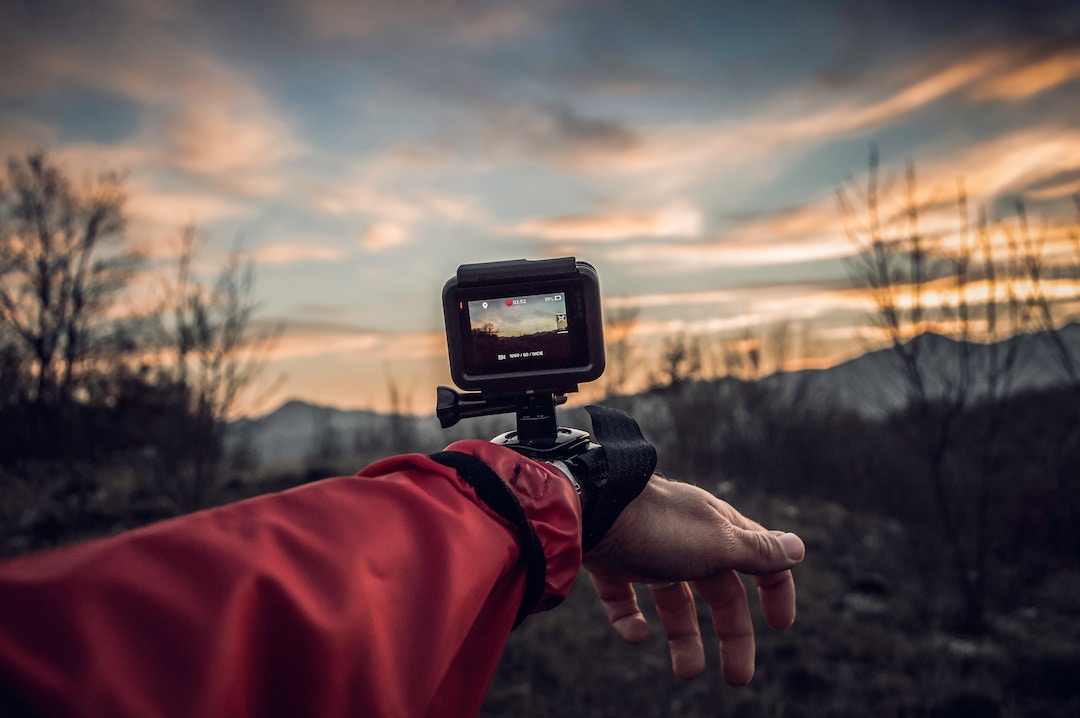
So you have heard so much about the GoPro, you’ve thought about it and you’re ready to get one of your own.
Good for you!
The next question is where do you find one to purchase?
Whether you’re a complete newbie about to embark on an adventure or a professional photographer in need of new stuff, this article is going to help you find the best place to buy a GoPro.
Advantages of GoPro
Now the GoPro is an amazing camera. Although there are varied types to choose from, this camera is loaded with super advantages that will make you want to run to the closest store and hook yourself up with one immediately.
Here are a few superb benefits of the GoPro:
- It is durable. This is a pretty tough camera, especially for the size. The GoPro has been put through some tough tests and come out in very good shape.
- It is waterproof. The Session is waterproof on its own, but there is waterproof housing for other GoPro’s. This means you can enjoy superb underwater, rain, and snow photography without fretting about ruining your camera. How great!
- It is light and portable. When you see a GoPro up close, it almost looks like a children’s toy, not a badass camera. It is so small and light that it is super easy to pack up and move around.
- It produces quality stills. You can shoot 10 to 12-megapixel still images with the GoPro and get excellent print quality even when the photo is enlarged a little.
- It takes photos in wide angles. Because the lens of the GoPro is fixed at 170 degrees, you can capture almost everything in front of you when you shoot.
- It can be worn. Because it’s small and lightweight, it’s easy to wear the GoPro on your wrist, head, chest, and more while your hands are free to do other things. You can use this to take wonderful photos of your pets or children too.
Online vs Physical store
You could purchase your own GoPro from an online store or a local store around you.
You can review available products and ask shop attendants for a recommendation in a physical store before purchasing. If you purchase from an online store, make sure to read customer reviews and experiences before completing the purchase.
Whether you will be buying your GoPro online or in a brick-and-mortar store, these five steps will help you choose the very best store to finalize a purchase.
Step 1. Decide which GoPro you want
Before you search any online store or step into any store, you have to determine which GoPro you want to purchase.
There are different options to choose from:
- GoPro HERO
- GoPro HERO2
- GoPro HERO3 (includes HERO3 Black Edition, HERO3 Silver Edition, HERO3 White Edition)
- GoPro HERO3+
- GoPro HERO4 (includes HERO4 Black, HERO4 Silver, HERO4 Session)
- GoPro HERO5 (includes HERO5 Black, HERO5 Session)
- GoPro HERO6 Black
- GoPro HERO7 (includes HERO7 Black, HERO7 Silver, HERO7 White)
- GoPro HERO8 Black
- GoPro MAX
- GoPro HERO9 Black
- GoPro HERO10 Black
- GoPro Fusion
They all come with varied features in areas like megapixels, waterproof capability, touchscreen availability, linear FOV, and much more.
The GoPro you select will depend on your specific needs and preferences. Apart from features, also reflects on price considerations and reviews from others who have purchased the type of GoPro you also want to get.
Step 2. Ensure they are authorized dealers
The next thing you must consider is of the seller is an authorized GoPro reseller. Online stores, as well as brick-and-mortar stores, can be authorized, you just have to make sure the one you are about to do business with is authorized.
Make a list of potential authorized resellers you could purchase your GoPro from.
Dealing with an authorized reseller will save you a great deal and ensure you are making a secure investment with your money. These certified resellers follow the proper procedure of the company and are obliged to comply with the brand’s policies and rules.
Step 3. Price
With the list you have, research the prices of your selected retailers and compare them against each other. You should have a budget for your purchase since you have already determined what kind of GoPro you want to purchase and what the cost considerations might be.
Also, add in the shipping cost from the store to your address. When it comes to price, it is advantageous to use authorized resellers because many of them offer free shipping to customers.
Step 4. Warranty and refund
If you are not purchasing your GoPro directly from the manufacturers, you have to clarify the rules when it comes to warranty and refund. This is another reason why authorized resellers are your best bet.
Ensure the store you are selecting has a good warranty before moving forward. The same goes for the refund policy. Good stores will accept returns and refunds as long as your camera is still in good condition.
At this point, only stores with the best warranty and refund policy should be left on your list.
Step 5. Accessories and bonus
Why pay for extra accessories when you can get them for free with your purchase?
Save yourself some money and only buy with stores that have offers and deals that provide you with needed accessories with your basic purchase of the GoPro. At this point, you should be able to pick a great store with the best deal for you with ease.
Conclusion
GoPro is undoubtedly a fantastic camera choice. If you don’t know where to start when you want to purchase one, this article was written for you. Follow these five steps and you will be purchasing the perfect GoPro from the perfect store.
Photography Tips
Best Professional Camera For Beginner: 9 Secrets You Didn’t Know About
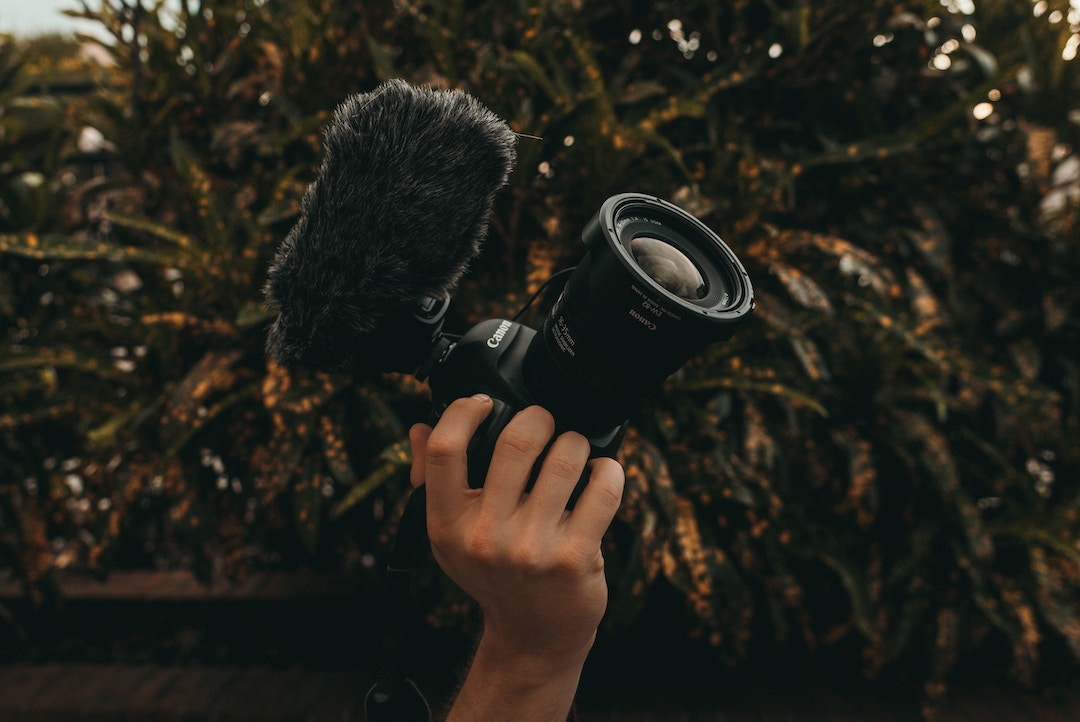
Photography is an art that involves the creation of durable images. These images can be created by recording electromagnetic radiation or recording light either chemically or electronically. Chemically, a material like a photographic film that light-sensitive is utilized, while an image sensor is used electronically.
Photography is employed in several areas of manufacturing, science and business. It is, however, mostly utilized for art, mass communication, film and video production, as well as, recreational purposes. The art which began in the fourth and fifth century with the introduction of the pinhole camera has come a very long way.
Today, there are high-quality cameras that are capable of creating fantastic images that can last for a very long time. The images can be stored in different ways. For instance, they can be printed and framed, be stored online or even kept in storage devices like flash drives.
Despite having the capability of lasting for a very long time, that period is limited to how they are stored. Once an image has been captured, it has to be kept in a place where it can be accessed without getting lost. Printing and framing a picture ensures its durability.
Saving it online is also another means of protecting it.As a beginner, when embarking on your professional photography journey, you need a camera that can produce fabulous pictures and be easy to use at the same time. While identifying the best camera for a beginner might seem like an effortless task, narrowing it down to a single piece is very difficult.
There are very many cameras out there and each one offers various benefits. However, by mentioning a few cameras which are considered to be perfect for the novice photographer, a person can land their perfect gadget. That will help them start their photographing journey and grow into photography gurus.
Five Secrets for every Budding Photographer
1. Convenience
Before venturing into the list of quality cameras which beginners can easily use, it is important to mention that the entry-level camera should be easy to carry, be convenient to use and foster growth. These qualities will help increase a person’s passion for photography while ensuring that they become better with each passing day.
2. The Built-in Smartphone Camera
In the world of today, almost every person, excluding those that are too young to use one, owns a smartphone. With these new technology items come built-in cameras that have the ability to capture special moments conveniently. In fact, the smartphone is considered to be the best tool for a beginner.
Everyone carries their smartphone with them wherever they go making it a convenient tool for photography. It is very light and easy to operate. Therefore, a budding photographer may prefer this gadget to the large-sized complex cameras. Nonetheless, the smartphone camera comes with some limitations, especially those involving performance.
3. Automatic modes
Before deciding on the type of camera you want to buy, you should be aware that almost all the contemporary cameras have automatic modes. This includes the models considered to be the most sophisticated as well as those that have the highest prices.
4. Landing the best photographing device
The automatic mode enables you to nail everything except the aspect of composing a shot. Landing the best photographing gadget necessitates knowledge on how to set the aperture, ISO, shutter speed and the science related to exposure. You also need to identify the best camera manufactures.
5. Manual control
Almost every camera allows a person to control most photography aspects like focus, exposure and shooting modes manually. These aspects play a huge role in determining the quality of the end product and how artistic it will appear. Implementing manual controls can be a bit challenging for a beginner.
Digital Single-lens Reflex Camera (DSLR)
The DSLR is considered to be the best option when a person decides to upgrade from the phone camera. With this camera, you can share lens with friends, take quality pics and more accessories to it.
DSLR cameras include:
- Canon EOS Rebel Series
- Nikon D3000 Series
- Pentax K-70
Mirrorless Cameras:
These ones lack the mirror which reflects the captured image through the lens to the optical finder. They include:
- Sony A6000 Series
- Fujifilm X-T100
- Olympus OM-D EM-10 Series
Bridge Cameras:
These cameras have no interchangeable lens and all one has to do is point and shoot. They have fantastic zoom lenses that capture a wide-angle. They include:
- Leica V-Lux
- Canon Powershot SX70
- Kodak PIXPRO AZ Series
Point and Shoot Cameras:
This category has been shadowed by smartphones. It consists of pocket cameras that are very small in size but can produce great pictures. They include:
- Fujifilm X100 Series
- Ricoh GR Series
- Sony RX-100 Series
In conclusion, all these cameras can give you fantastic pictures and it all depends on which one makes you happier. However, always remember that the newer the better. Each newer version provides better features.
Photography Tips
The essential difference between a camera that shoots film or a camera that shoots digital is…
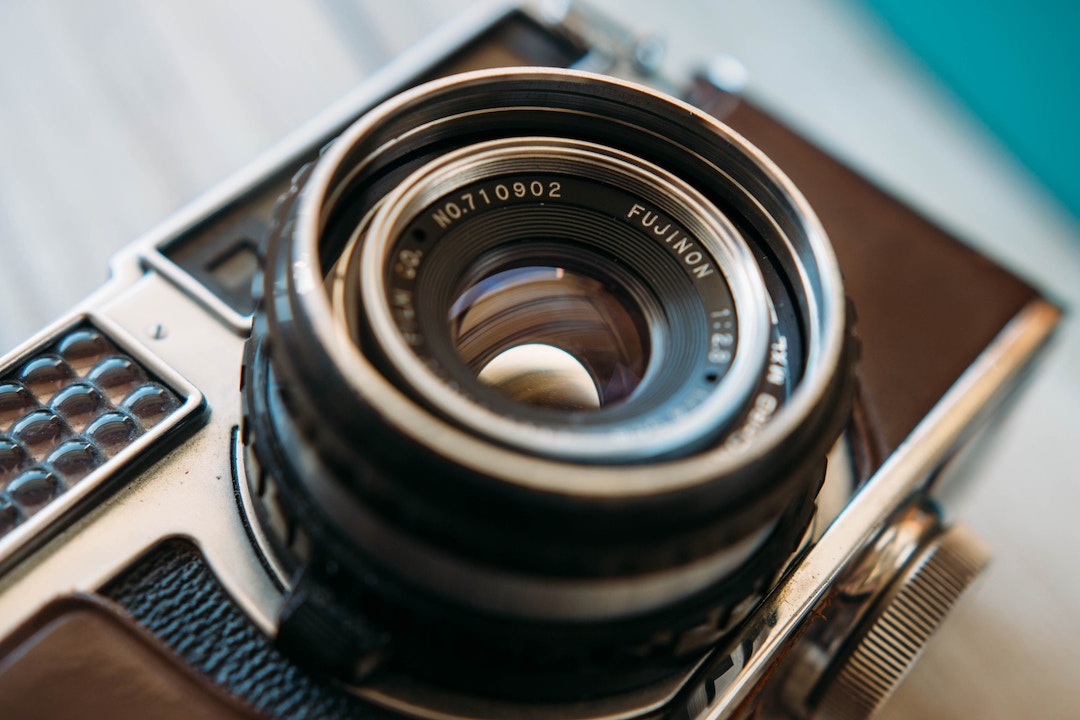
The camera is an instrument that has been in the minds of philosophers, physicians, and artists for a very long time. Although an old concept, the first almost successful image from a camera happened approximately in 1816.
From then onwards, the camera has seen many model upgrades and various thoughts have been put into it to improve the picture quality as much as possible. With the advancement of technology, even cameras have seen a significant improvement. One such successful improvement was the creating of the film camera.
In 1891, an employee of Thomas Edison, who is a well-known scientist, had created the first Kinetograph camera. This camera was basically the first film camera. It was used in recording films and had been revised several times over.
Afterward, in 1923, Eastman Kodak introduced 16mm film stock, which continued to be manufactured until the 2000s, along with the more popular 35mm ones. These are the films we are all familiar with and have seen in the old cameras.
Interestingly, the world’s first digital camera was invented and introduced in 1975 by Steven Sasson, who was an employee at Eastman Kodak. This camera weighed 8 pounds and has gone through several modifications until then by various companies. Now the technical difference between digital cameras and film cameras are quite interesting.
In the case of the film camera, the light first falls on the photosensitive film, meaning it goes through a chemical change once it receives the light. After which, the same film which has gone through the reaction gets sent into a room to develop. It could take hours or even days until you get the physical picture in your hands.
As for digital cameras, the sensor captures the light and immediately sends the image to the storage device in the camera. From there, that image can be uploaded online using Wi-Fi and can last literally unto eternity. From the way, these cameras work it is evident that if time is of the essence, the digital camera proves to be of more convenience than the film.
Another essential difference between the camera that shoots film and the camera that shoots digital is the difference in resolution. The resolution or picture quality is measured differently for film and digital cameras. One is not necessarily better than the other. In fact, photographers who believe that taking some extra efforts will result in a clearer picture, do not mind dealing with the film cameras.
For digital cameras, the resolution is determined by counting the number of pixels in a given area. The more pixels the better. Whereas for film cameras, the size and quality of the film are what make a clearer picture. The larger the film, the better the picture quality.
Now, the standard 35mm film is not able to beat even the entry-level professional cameras, in terms of picture quality, but yet have a sort of nostalgic feel associated with them. However, when it comes to the professional use of both of these cameras, the medium or large format of the film camera can match or may even outperform the latest $40,000 camera.
Another difference that makes an impact is the costs associated with using either of the cameras. There are several factors that help determine what kind of camera is required such as the urgency of the picture, the format in which the picture is required, the environment in which the picture will be taken, and so on.
But in the end, digital cameras turn out to be more expensive. Additionally, with frequent upgrades in the digital models, switching from camera to camera, or a new add-on turns out to put some pressure on the wallet.
As for film cameras, since most of the upgradation happens with the film, and they are relatively cheaper to purchase, there is a sizeable difference in the costs of the two.
Apart from these key differences, the digital camera overall trumps over the film camera because of its convenience, range, and all over efficiency. This is the way of the world where newer technology slowly replaces the older. Even so, the film camera has a special place in the hearts of people and is still being used to produce excellent pictures up to this day.
-

 Tutorials5 years ago
Tutorials5 years agoWhat’s the difference between analog and digital photography?
-

 Gear7 years ago
Gear7 years agoLorem ipsum dolor sit amet
-

 Business & Career11 years ago
Business & Career11 years agoThe Anatomy of a Great product photography business
-
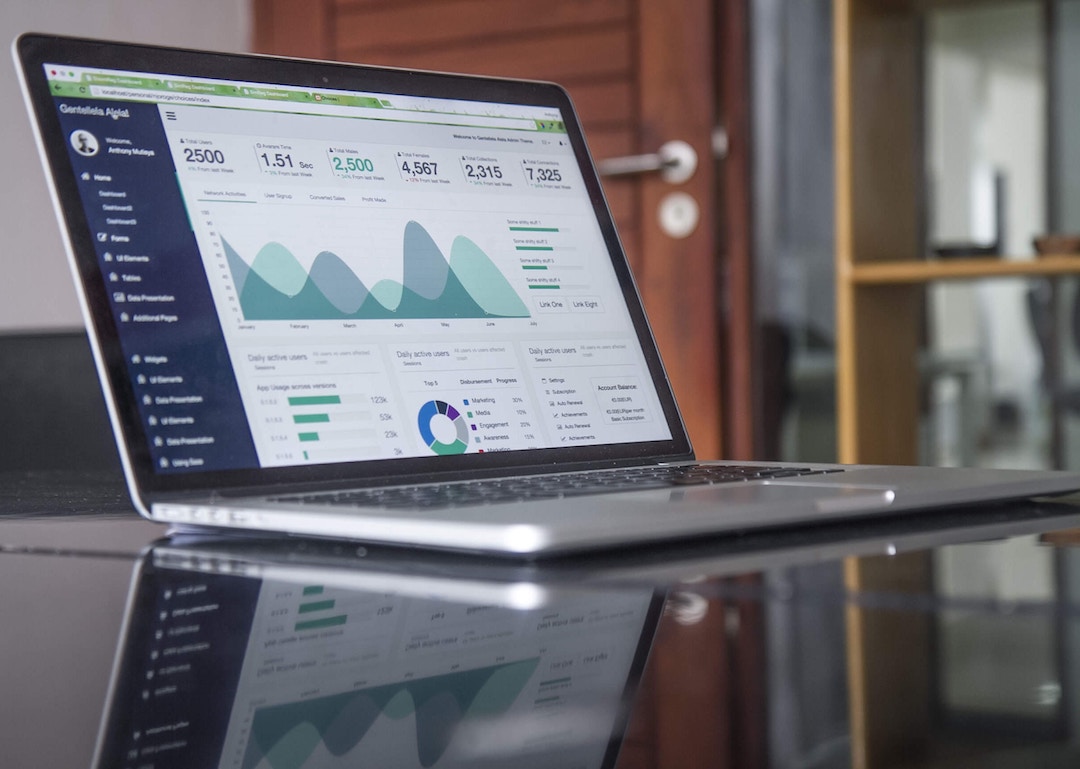
 Technique7 years ago
Technique7 years agoAccording to Dior Couture, this taboo fashion accessory is back
-

 Photography Tips5 years ago
Photography Tips5 years agoThe essential difference between a camera that shoots film or a camera that shoots digital is…
-

 Graphic & Web Design7 years ago
Graphic & Web Design7 years agoThe old and New Edition cast comes together to perform
-

 Education & Learning7 years ago
Education & Learning7 years agoPhillies’ Aaron Altherr makes mind-boggling barehanded play
-

 Cinematography7 years ago
Cinematography7 years agoThe Ultimate Glossary of Terms About product photography business


